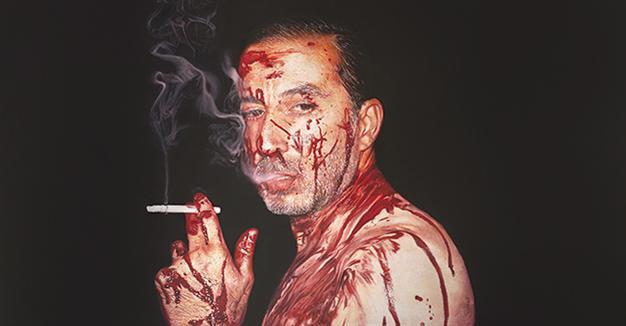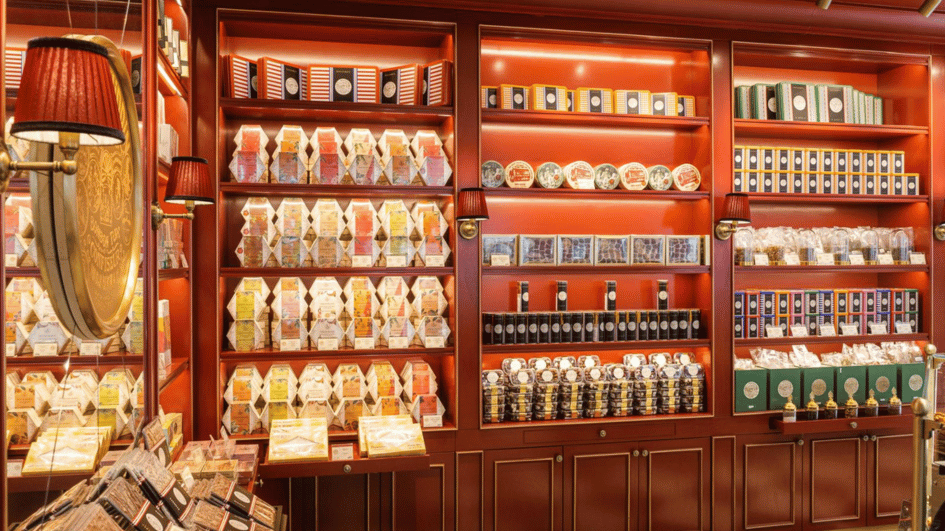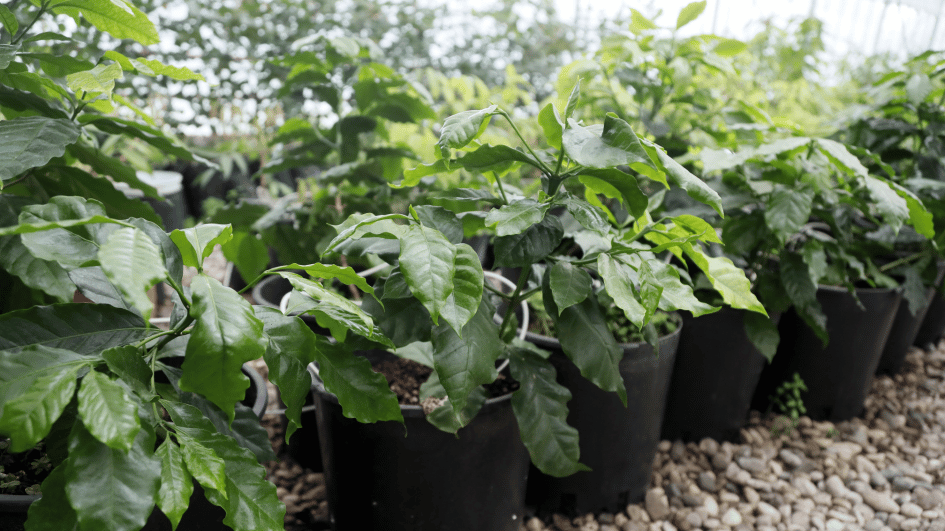Suffering and beauty become a metaphor for canvas artworks
Hatice Utkan Özden
 Taner Ceylan loves to discover new things and research to fulfill his desire to create. His paintings show his curiosities in life and how he is able to ask the right questions. Ceylan’s emotionally charged paintings also reflect his personal life. His state of mind reflects in his paintings as he once again shares the technical mastery of 20th century photo-realism.
Taner Ceylan loves to discover new things and research to fulfill his desire to create. His paintings show his curiosities in life and how he is able to ask the right questions. Ceylan’s emotionally charged paintings also reflect his personal life. His state of mind reflects in his paintings as he once again shares the technical mastery of 20th century photo-realism. In his new exhibition titled “I Love You” he draws inspiration from the portrayal of religious subjects in old master paintings and the aesthetic of Hegel’s approach to suffering and reconciliation. Somehow, Ceylan succeeds in showing the viewer it is possible for romantic art to fulfill the purpose of art and lead the artist to a true freedom of spirit. In his paintings filled with emotional realism he shows that beauty can be linked to suffering.
Speaking to Hürriyet Daily News, Ceylan said, “Looking at the old masters of painting, I realized that we were presented with humanity’s suffering, cruelty, love and submission, which is juxtaposed with physical beauty.” Ceylan added he was faced with questions that he had never thought of before, nor would have ever imagined asking. “Could pain and suffering actually bring beauty and happiness? Is suffering erotic? Is pain legitimate?” With these questions in his head, he started researching.
Ceylan might be one of the best researchers among the painters of his era. He loves to discover and research. According to him, this is a must to ensure he does not repeat himself. This time, his research took him to Christianity’s philosophical existence and how love and pain exist together in one body. “Everything started as I encountered the sculpture ‘Christ the Man of Sorrows,’” he said.
Even though Ceylan shows the viewer an approach to Christian artwork, his approach to the religion or philosophy behind this is profound. “I have named the exhibition as ‘I Love You’ because I think this sentence is the key sentence between God and Jesus.”
The work that gives the exhibition its name is a portrait of the artist himself. Depicting himself with a cigarette in hand and shrouded in a painted plume of smoke Ceylan references his renowned painting “1881” from the Lost Painting Series, 2010. In fact, this painting also refers to the artist’s battle within him; Ceylan painted himself battle-worn, naked and dripping with blood. “There is a battle going on as an artist with art history,” said Ceylan.
According to the artist, the relationship between artist and art history starts during the first years of becoming an artist and continues until the end. “This is a very though and bloody battle,” said Ceylan, adding sometimes an artist defines himself with blood and pain. “As to the painting titled ‘I Love You,’ I needed to define myself like that. That’s all I know,” he said.
He calls his works a reflection of emotional realism. In one of the early interviews he gave to The Financial Times he said, “I am making emotional realism. You must show the subject; the spectator must not see the paint.”
Suffering and reconciliation
As Ceylan spoke about his approach to suffering in this exhibition, it was again possible to recall Hegel’s “Beauty of Inwardness” or “Spiritual Beauty.” This is what the artist is looking for. Ceylan believes that spiritual beauty is different from classical beauty. As Hegel’s approach revealsl, spiritual beauty is the product of a profound inner freedom of spirit. That’s why Ceylan’s suffering portraits in fact become more profound artworks than they seem. There is reconciliation in these paintings and somehow it goes parallel with Hegel’s view: The deepest spiritual freedom comes with suffering.
“When we look at the history and the paintings of Christ we always see suffering. However, people look at these paintings or artworks in order to become happy and fulfill their needs. This contrast has affected me a lot,” he said, adding with this his way of looking at suffering has evolved.
On the other hand, Ceylan also believes that there is a price or remuneration for happiness and love. He said: “I wish I could say that we do not need to suffer for real happiness. However, I cannot say that. I think we must suffer and our egos should be humiliated in order for us to find real love.”
As an artist his paintings do pay the price of love and happiness. Ceylan spends hours and hours creating his large-scaled canvases and the most important thing is his way of creating emotional realism; he aims to show us the look and the emotion behind that look.
















